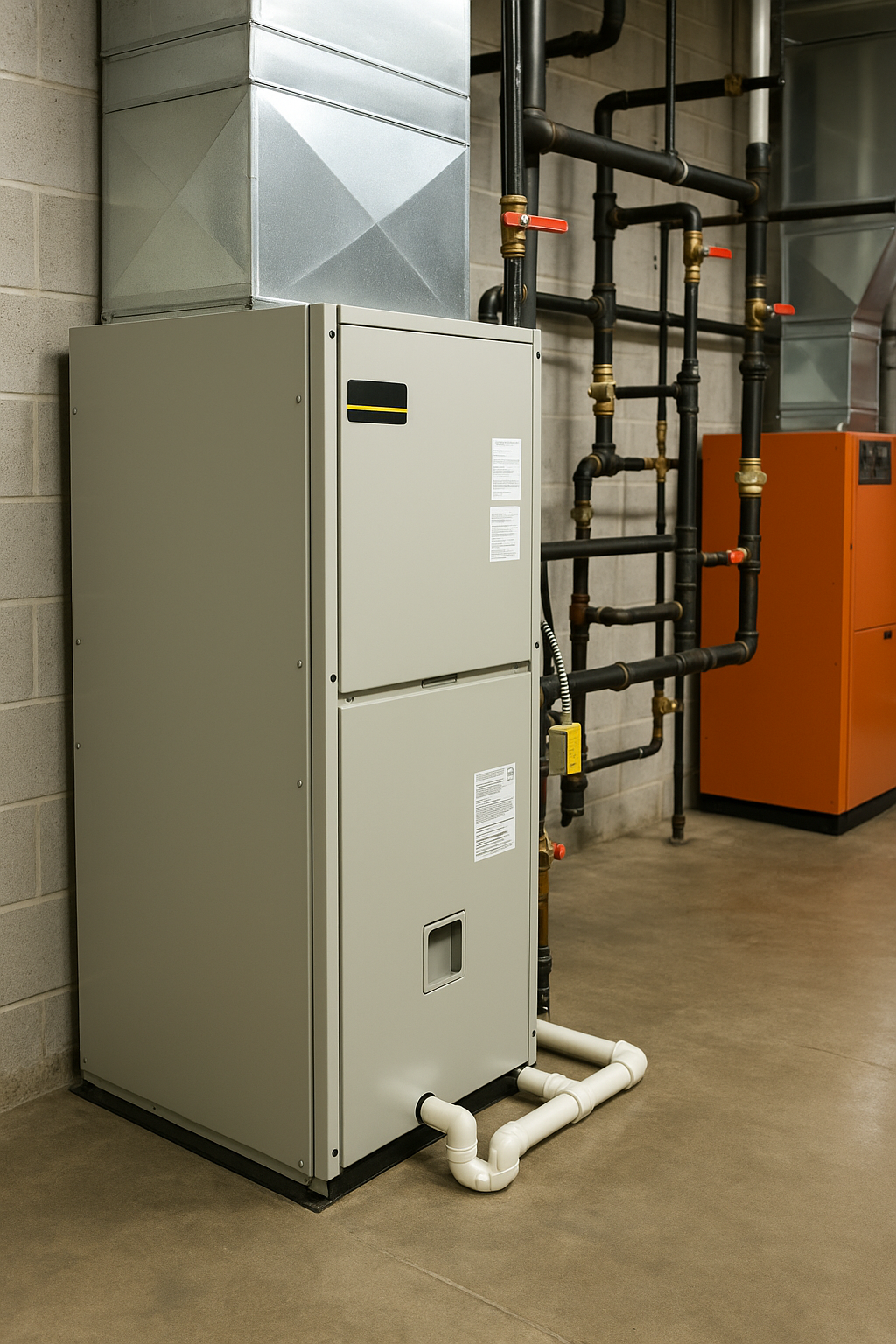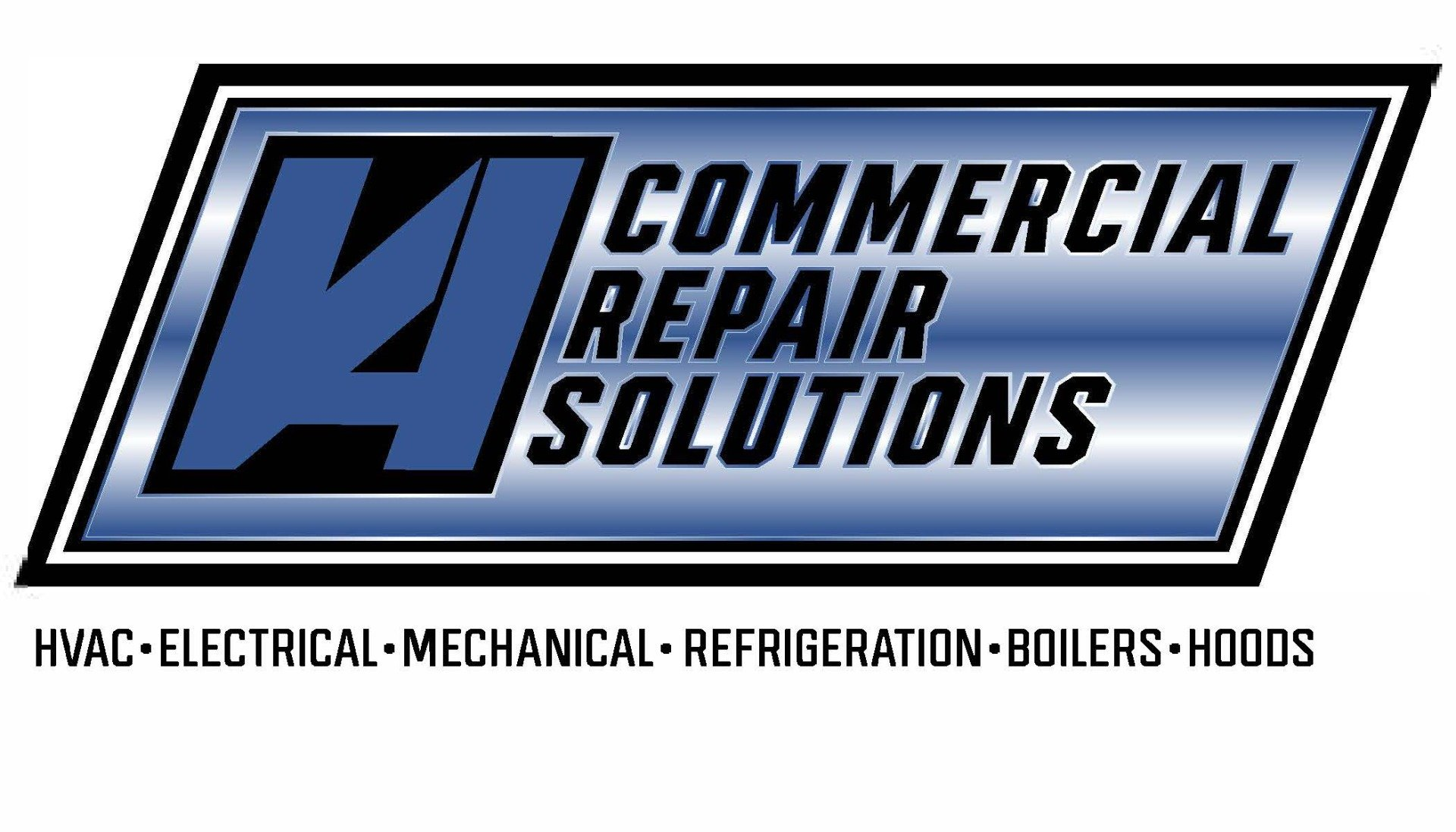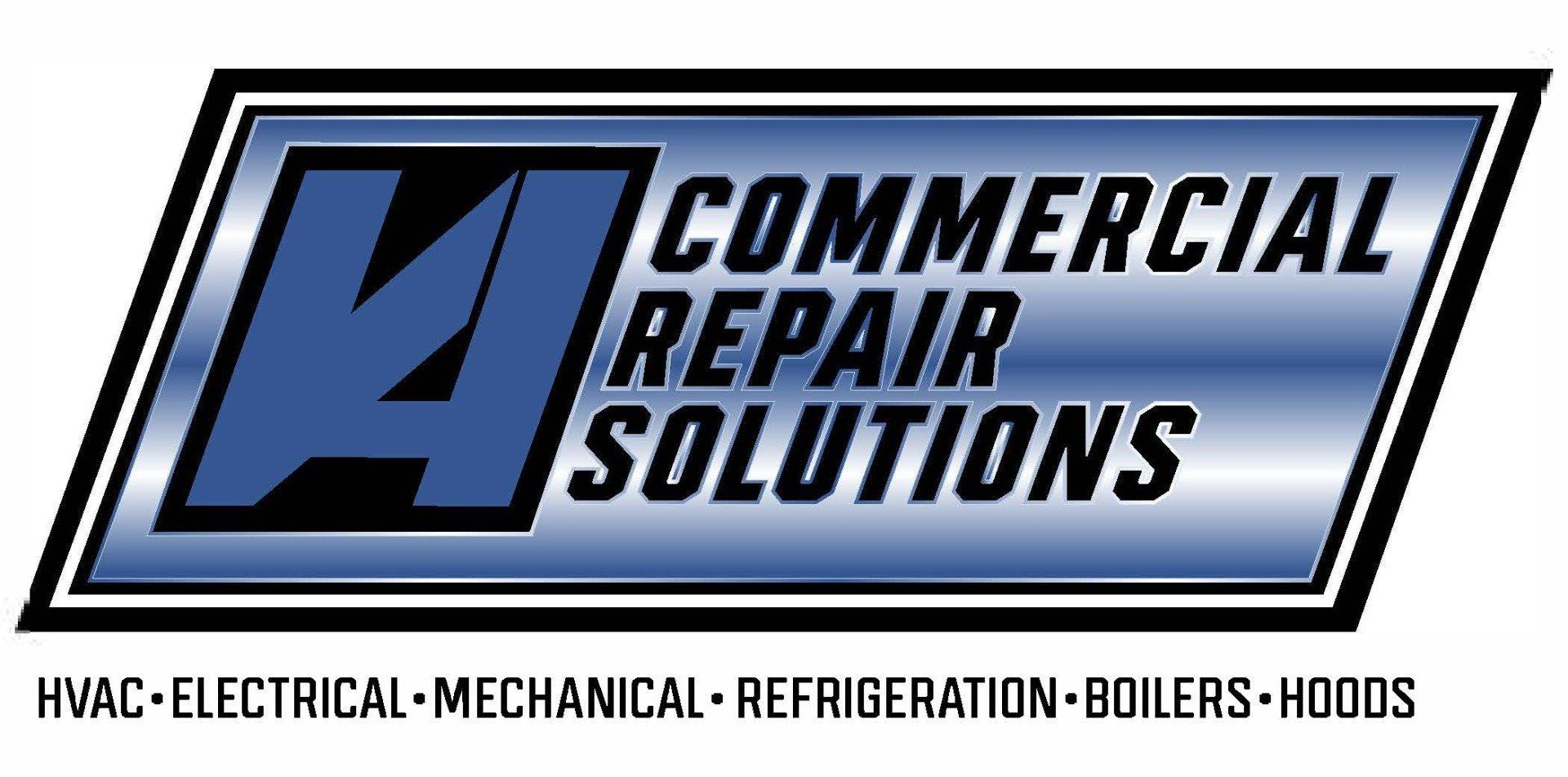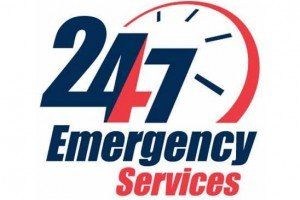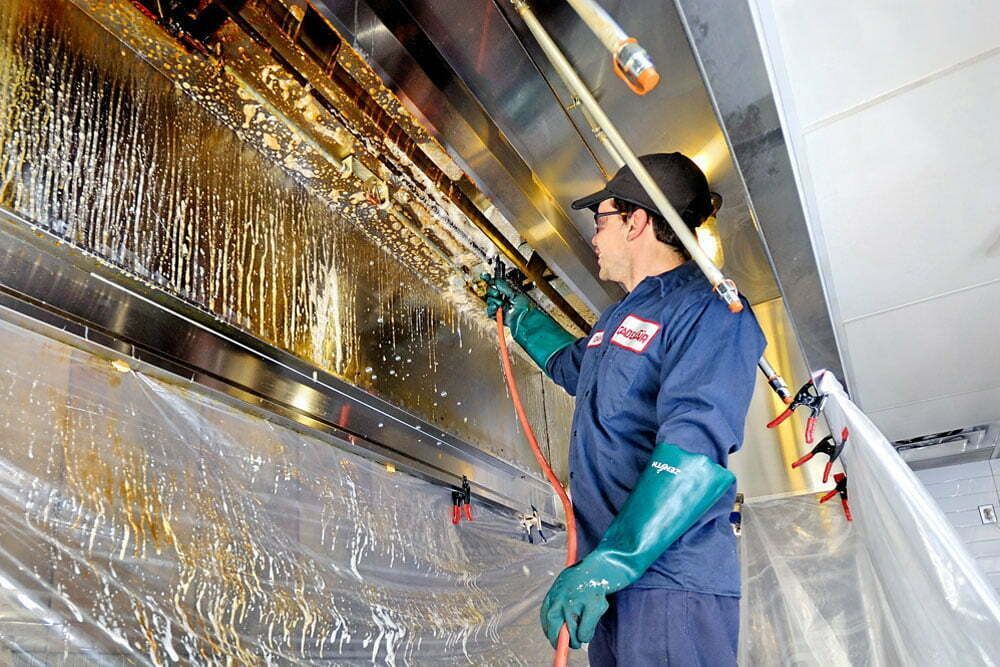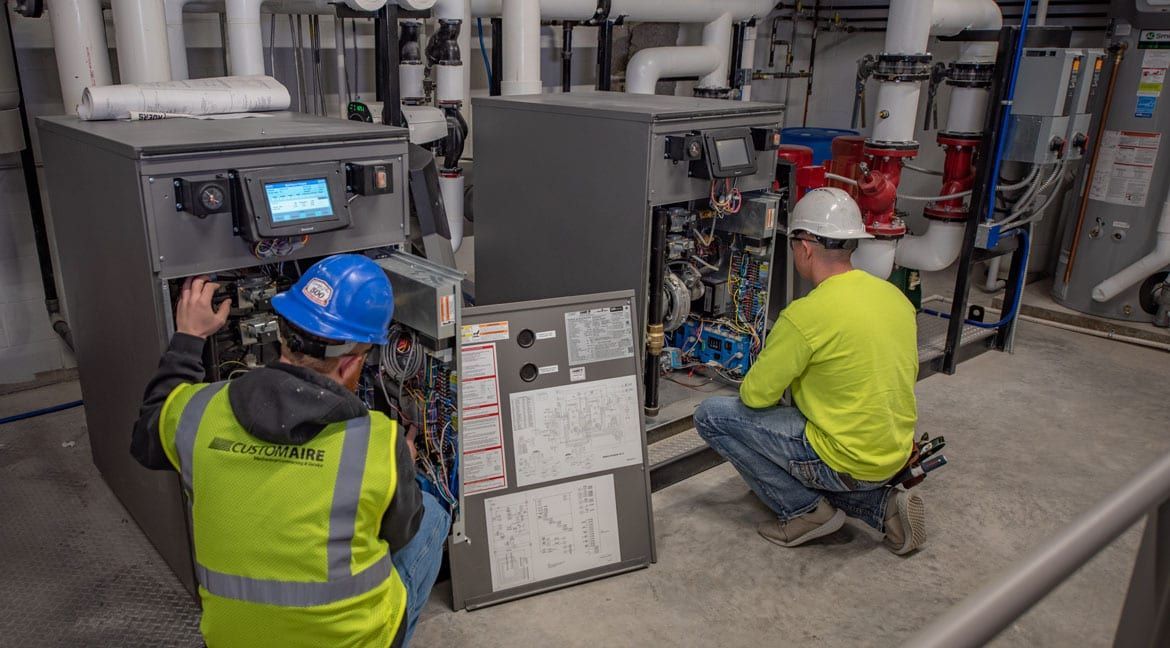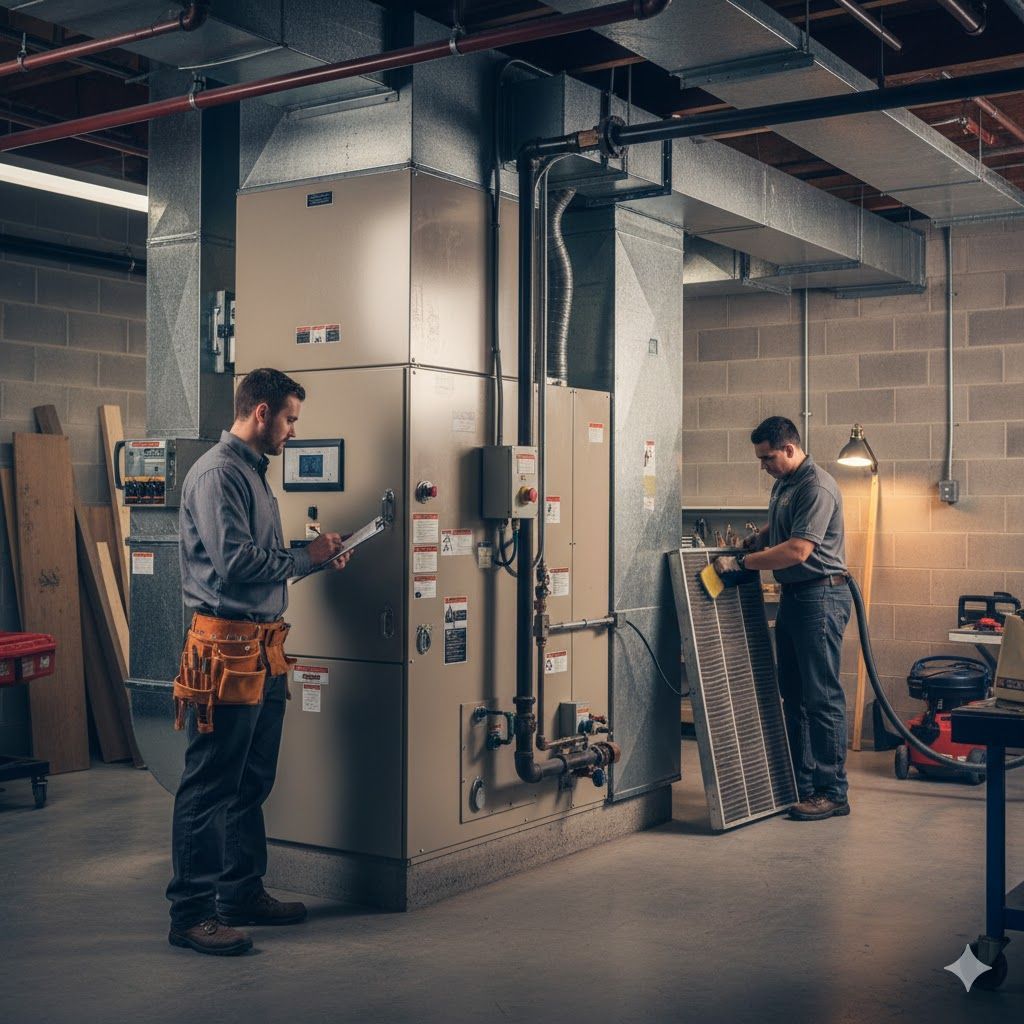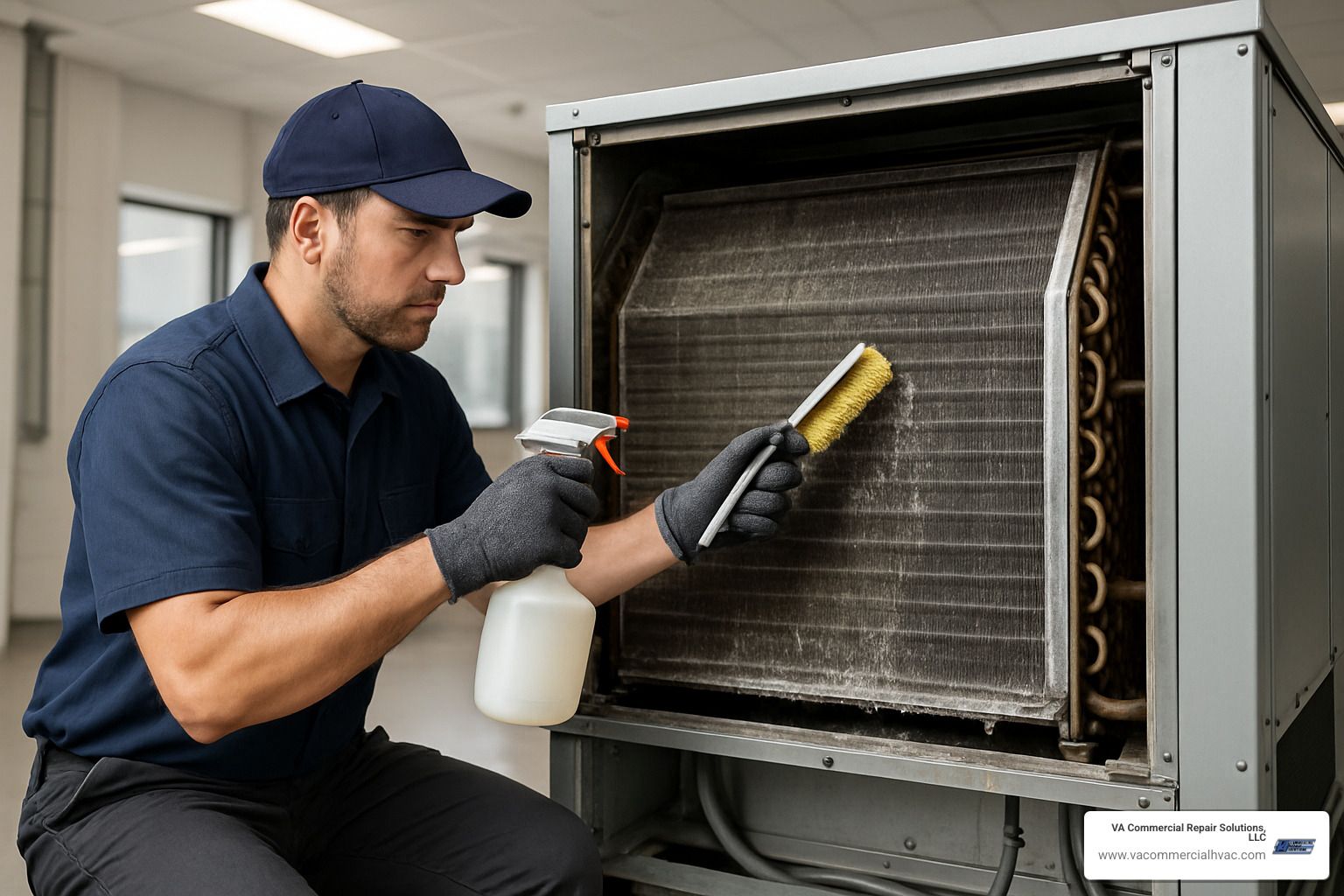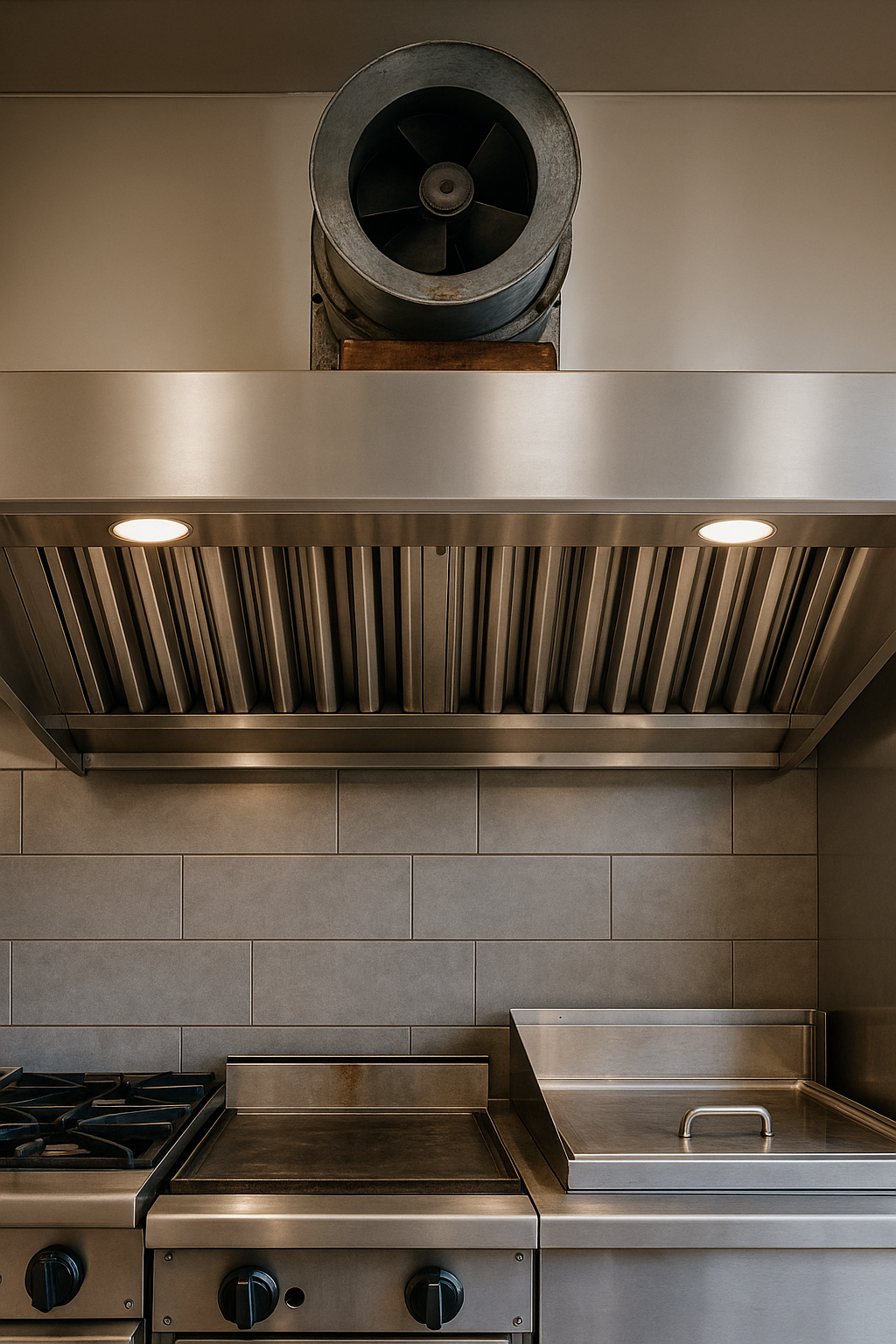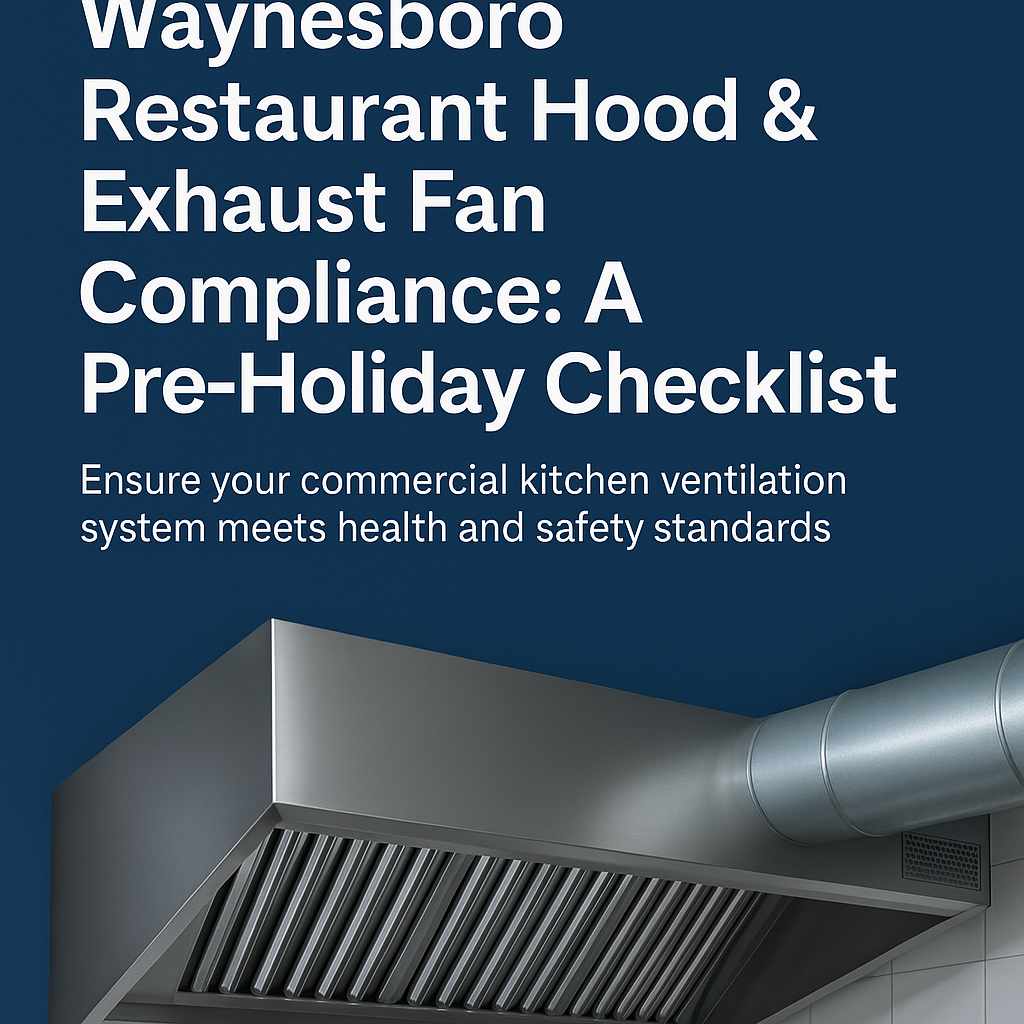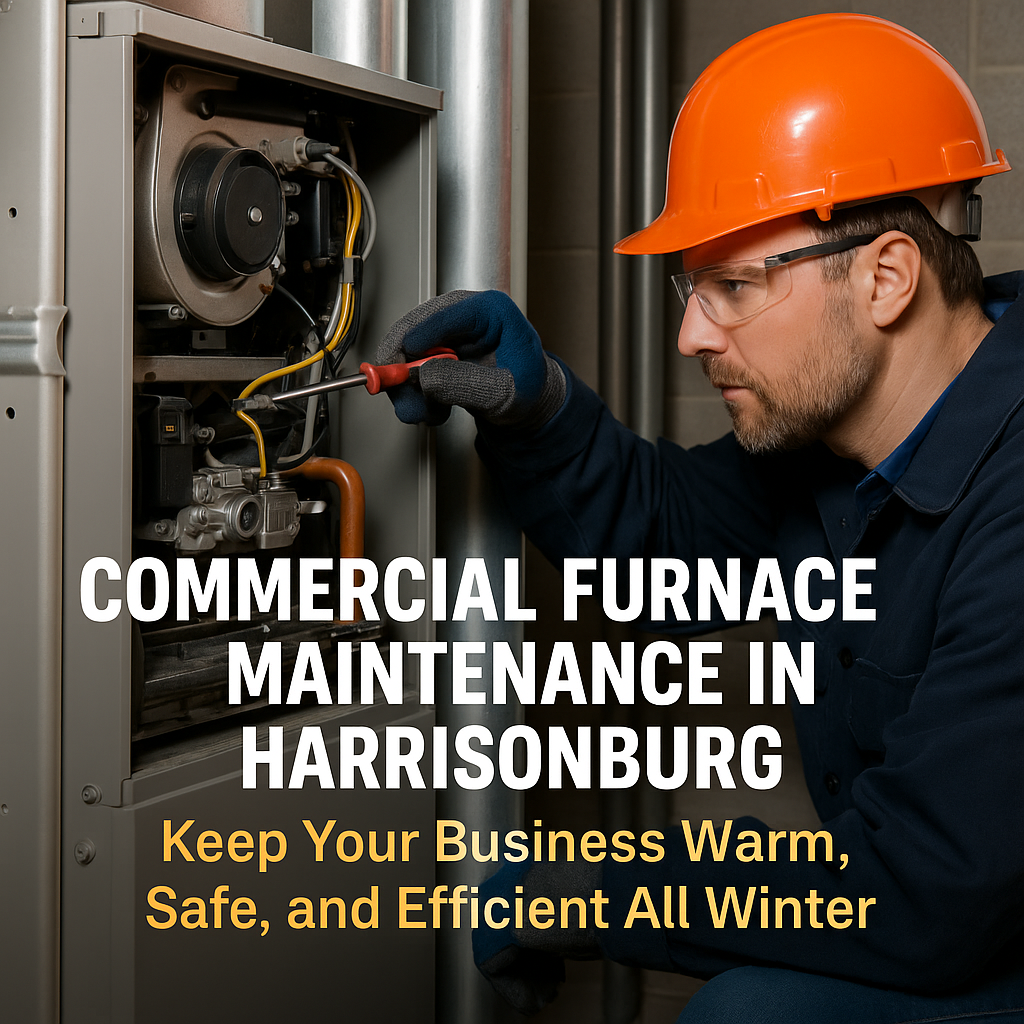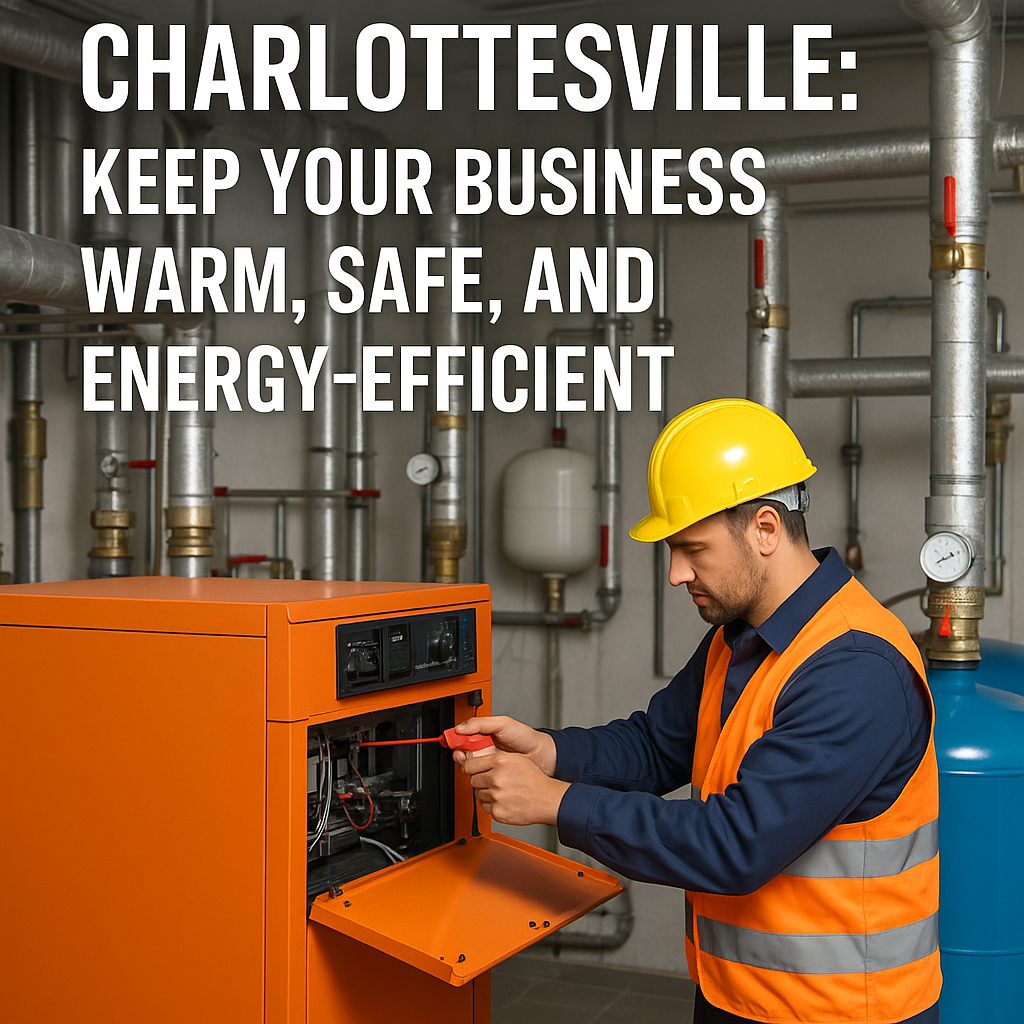Hoodwinked by Hood Costs? Your Guide to Commercial Kitchen Hood Installation Prices
Breaking Down the Real Cost of Commercial Kitchen Hood Installation

Understanding commercial kitchen hood installation cost can feel overwhelming when you're running a busy restaurant or commercial kitchen. The reality is that most installations range from $950 to $1,200 per linear foot for basic setups, with complete turnkey systems averaging $4,000 to $5,000 per linear foot.
Quick Cost Overview:
- Basic Installation
: $950-$1,200 per linear foot
- Complete System
: $4,000-$5,000 per linear foot
- 10-foot hood example
: $10,000-$12,000 (basic) or $40,000-$50,000 (turnkey)
- Major cost drivers
: Hood size, fire suppression, ductwork complexity, permits
These numbers might seem steep, but they reflect the complexity of commercial kitchen ventilation systems. Unlike residential range hoods, commercial systems must handle intense heat, grease-laden air, and strict fire safety codes. A proper installation includes the hood itself, powerful exhaust fans, make-up air units, extensive ductwork, and often mandatory fire suppression systems.
The wide price range exists because every kitchen is different. A simple wall-mounted hood over a pizza oven costs far less than an island-style system above multiple fryers and grills. Local building codes, permit fees, and structural requirements also impact your final bill.
As Gregg Kell from VA Commercial Repair Solutions, I've helped countless Central Virginia restaurant owners steer commercial kitchen hood installation cost decisions over the years. My focus on practical, code-compliant solutions has shown me that understanding these costs upfront prevents costly surprises and keeps your kitchen running smoothly.

Commercial kitchen hood installation cost terms at a glance: - commercial kitchen hood installation - commercial kitchen hood installers - commercial kitchen hood installers near me
Why Ventilation Matters: Safety, Code & Air Quality
When you're in the thick of dinner rush with flames dancing over burners and grease sizzling in fryers, your commercial kitchen hood system is working overtime to keep everyone safe. Commercial kitchen hood installation cost might seem steep until you consider what's at stake without proper ventilation—your business, your staff's health, and potentially lives.
The numbers tell a sobering story. The National Fire Protection Association reports that cooking equipment causes 61% of restaurant fires . That's not just a statistic—it's thousands of real businesses facing devastating losses every year. Many of these fires could have been prevented with properly installed and maintained ventilation systems that remove grease-laden air before it becomes a fire hazard.
But fire safety is just the beginning. Your hood system also tackles carbon monoxide removal , keeps indoor temperatures comfortable for your staff, and maintains the air quality that keeps health inspectors happy. Scientific research on kitchen ventilation shows that inadequate ventilation doesn't just create safety risks—it leads to tired, uncomfortable employees and higher turnover rates.
In our work across Central Virginia, from busy Charlottesville restaurants to cozy Staunton cafes, we've seen how proper ventilation transforms working conditions. Staff can focus on cooking instead of constantly wiping sweat, customers enjoy their meals in clean air, and owners rest easy knowing they're NFPA 96 compliant .
Fire & Health Risks of Poor Ventilation
Picture this: grease accumulates silently in your ductwork day after day, creating a hidden fire hazard above your kitchen. Without adequate ventilation pulling that grease-laden air away, you're essentially building a ticking time bomb. We've responded to emergency calls where flame flare-ups spread through poorly maintained ductwork, turning what should have been a minor kitchen incident into a restaurant-destroying blaze.
Carbon monoxide buildup presents an even more insidious threat. This colorless, odorless gas from your cooking equipment can reach dangerous levels quickly in poorly ventilated spaces. The symptoms start innocently enough—headaches, fatigue, maybe some dizziness during busy shifts. But without proper exhaust systems removing these dangerous gases, the situation can escalate to unconsciousness or worse.
Poor ventilation also creates the perfect breeding ground for bacteria and mold in your kitchen's warm, humid environment. We've seen health inspectors shut down restaurants where inadequate air exchange led to serious sanitation issues. The liability exposure alone should make any restaurant owner prioritize proper ventilation.
Code Enforcement & Inspection Basics
Virginia's building departments don't mess around when it comes to commercial kitchen ventilation. Whether you're opening a new spot in Harrisonburg or renovating an existing kitchen in Waynesboro, health inspectors will scrutinize your hood system during both initial and routine inspections.
The consequences of non-compliance hit hard and fast. We've watched restaurants face immediate closure orders when inspectors find inadequate ventilation systems. The fines can be brutal too—some establishments have paid over $10,000 for operating without proper hood systems.
Local permits are mandatory for hood installations, typically running $100 to $500 depending on your system's complexity. Fire department inspections usually follow, and you can't legally operate until you pass. Annual re-inspections ensure you stay compliant year after year.
Here's something many restaurant owners don't realize until it's too late: insurance companies may void your coverage if a fire occurs in a kitchen lacking code-compliant ventilation. That means you could lose everything—your building, equipment, and business—with no financial protection.
Types & Key Components of a Commercial Kitchen Hood System

When you're planning your commercial kitchen hood installation cost , understanding the different types of systems helps you budget accurately and avoid costly mistakes. After working with hundreds of Central Virginia restaurants, I've learned that choosing the wrong type of hood is one of the most expensive errors you can make.
The commercial kitchen hood world breaks down into two main categories: Type I hoods for grease-producing equipment and Type II hoods for everything else. Think of Type I as your heavy-duty workhorses—they handle the tough stuff like fryers, grills, and ranges that create grease-laden air. Type II hoods are more like gentle giants, managing steam and heat from dishwashers, ovens, and steamers without the grease complications.
Each system includes several critical components working together: the stainless steel hood canopy, powerful exhaust fans, make-up air units, extensive ductwork, fire suppression systems, and control panels. Every piece affects your bottom line, with fire suppression alone adding $7,900 or more to your project.
For detailed technical specifications about system components, our Exhaust Hoods and Exhaust Fans guide covers everything you need to know.
Choosing Between Type I and Type II Hoods
Here's the simple rule: if it produces grease, you need a Type I hood. Fryers, char-broilers, grills, and wok stations all fall into this category. These systems feature baffle filters that capture grease particles before they hit your ductwork, dramatically reducing fire risk and making maintenance much easier.
Type II hoods handle the condensate equipment —convection ovens, dishwashers, and steamers that create steam and heat but not grease. They're simpler systems without the complex filtration, which makes them less expensive to buy and install.
I've seen too many restaurant owners in Harrisonburg and Staunton get tripped up thinking they can save money with a Type II hood where they need a Type I. Pizza ovens are a perfect example—many folks assume they don't produce "grease," but flour particles and cheese create combustible materials that require Type I systems. Using the wrong type doesn't just violate fire codes; it creates serious liability issues.
Must-Have Components & What They Do
The hood canopy is what everyone sees—that stainless steel structure hanging over your cooking equipment. These range from 4-foot units starting around $2,100 to massive 15-foot systems costing $8,999 or more. The size directly impacts your commercial kitchen hood installation cost , so getting the sizing right matters.
Exhaust fans create the muscle behind your system, generating the suction needed to remove contaminated air. Commercial-grade fans run $300 to $1,500 each, and most kitchens need multiple units to achieve proper airflow. Skimping on fan capacity is like buying a sports car with a lawn mower engine—it just won't work.
Make-up air units solve a problem many restaurant owners don't think about until it's too late. When you're exhausting thousands of cubic feet of air per minute, that air has to come from somewhere. Without proper make-up air, you get negative pressure that interferes with equipment operation and creates uncomfortable drafts. These units can cost $19,000 or more, but they're essential for system balance.
The fire suppression system is your insurance policy against disaster. Required in most jurisdictions for Type I hoods, these systems automatically detect fires and deploy suppression agents. Installation typically runs around $7,900, and honestly, it's money well spent. For complete details on these life-saving systems, check out our Fire Suppression Installation services.
Nice-to-Have Upgrades for Efficiency
Demand control ventilation adjusts fan speeds based on actual cooking activity, potentially cutting energy costs by up to 30%. While these systems increase upfront costs, they often pay for themselves through utility savings—especially important with Virginia's rising energy costs.
UV filters break down grease particles and odors at the molecular level, extending time between cleanings and improving air quality. Your staff will notice the difference, and so will your customers.
Sound dampening materials make a huge difference when your kitchen shares space with dining areas. Nobody wants to eat dinner next to what sounds like a jet engine. These upgrades typically add 10-20% to system costs but provide long-term operational benefits that keep customers comfortable and staff happier.
Commercial Kitchen Hood Installation Cost Breakdown

When restaurant owners call us asking about commercial kitchen hood installation cost , the first thing I tell them is to think beyond just the sticker price. Yes, the numbers can seem intimidating at first glance, but understanding what drives these costs helps you make smarter decisions for your business.
The reality is that commercial kitchen hood installation cost varies dramatically based on what you're actually getting. A bare-bones installation might run $950 to $1,200 per linear foot , but that's just mounting a hood and connecting basic electrical. A complete turnkey system—with all the bells and whistles your kitchen actually needs—typically costs $4,000 to $5,000 per linear foot .
Here's what makes the difference: that budget installation doesn't include fire suppression, make-up air systems, or the engineering drawings required for permits. It's like buying a car but skipping the engine and transmission. It looks like a car, but it won't get you where you need to go.
The Department of Energy has specific requirements for commercial kitchen ventilation that affect your costs. Systems must operate at least 75% of exhaust air capacity, with the ability to reduce exhaust and replacement air by 50% when cooking activity decreases. This impacts both equipment selection and installation complexity.
For a complete understanding of the installation process, check out our Step-by-Step Guide to Commercial Kitchen Hood Installation.
Average Per-Linear-Foot Pricing Explained
Let's talk real numbers. Most commercial kitchens need hoods between 10 to 14 feet long . Using basic pricing, that 12-foot system costs around $12,828 to install . But remember, that's just the hood itself with basic connections.
When you factor in everything you actually need—fire suppression, proper ductwork, make-up air, permits, and professional installation—that same 12-foot system jumps to $48,000 to $60,000 . I know that's a big jump, but it's the difference between a system that passes inspection and one that gets you shut down.
Wall-mounted hoods typically cost less than island installations because they're simpler to install and require less ductwork. If you can position your hood on an exterior wall, you'll save money on duct runs through the building. It's one of those small decisions that can make a big difference in your final commercial kitchen hood installation cost .
Component Cost Snapshot
Here's where your money actually goes. The hood shell itself represents just a fraction of your total investment. A basic 4-foot hood starts around $2,100 , while a 15-foot unit can run $8,999 . Most kitchens fall somewhere in between, with 8-foot hoods at $2,885 and 10-foot systems at $3,870 .
But the hood is just the beginning. Exhaust fans range from $300 to $1,500 each , and most systems need multiple fans to move enough air. Make-up air units are often the biggest surprise—they can cost $19,000 or more but are essential for proper system operation.
Fire suppression systems add another $7,900 to your project, but they're mandatory in most jurisdictions. For detailed information about fire suppression requirements, visit our Fire Suppression Installation page.
Don't forget about professional drawings , which typically cost $4,000 to $5,000 but are required for permits in most areas. Ductwork varies wildly based on your building layout, ranging from $200 for simple connections to $2,000 or more for complex installations.
Labor costs in Virginia markets like Charlottesville and Harrisonburg tend to run higher due to skilled trade shortages. We typically see $500 to $1,500 in labor costs depending on installation complexity.
Hidden & Ongoing Costs to Budget For
The sticker shock doesn't end with installation. Hood cleaning services charge $135 to $210 per hour , with base fees starting at $250 to $350 depending on crew size. Complete cleaning typically runs $375 to $400 and needs to happen regularly to maintain code compliance.
Filter replacement might seem minor, but at $50 to $150 per filter and quarterly changes, it adds up quickly. Annual inspections cost $100 to $300 , while maintenance contracts average $200 to $500 annually .
Here's something many restaurant owners don't consider: energy costs . Older or improperly sized systems can consume 30% more energy than modern, efficient installations. Your monthly utility bills for hood operation can range from $200 to $800 depending on operating hours and system efficiency.
That's why we always recommend right-sizing your system from the start. Yes, it might cost more upfront, but the long-term savings in energy and maintenance often justify the investment. Plus, you'll have a system that actually works when you need it most.
How to Cut Your Commercial Kitchen Hood Installation Cost Without Cutting Corners

Nobody likes sticker shock, especially when you're already stretched thin running a restaurant. The good news? You can absolutely reduce your commercial kitchen hood installation cost without cutting corners on safety or quality. It's all about working smarter, not cheaper.
The secret lies in value engineering —a fancy term for getting the most bang for your buck. This means right-sizing your system so you're not paying for capacity you'll never use, optimizing your kitchen layout to minimize complex ductwork, and timing your project to take advantage of rebates and tax benefits.
I've watched too many restaurant owners get burned by choosing the cheapest option upfront, only to face expensive repairs and code violations later. The goal isn't to spend the least money—it's to spend your money wisely on a system that works reliably for years to come.
For a complete walkthrough of the installation process, check out our Step-by-Step Guide to Commercial Kitchen Hood Installation.
Optimize Size & Layout First
Your kitchen layout is where the biggest savings hide. Wall-mounted hoods typically run $2,000 to $5,000, while island canopy hoods cost $3,000 to $7,500. If your cooking equipment can work against a wall, you'll save thousands right off the bat.
Every twist and turn in your ductwork adds complexity and cost. Straight runs to exterior walls are your friend—they're cheaper to install and more efficient to operate. We've seen installation costs drop by 20% or more simply by reducing duct length and eliminating unnecessary bends.
Think about this during your kitchen design phase, not after your equipment is already bolted down. I've watched restaurant owners spend $5,000 moving fryers and grills because they didn't plan their hood placement properly. A little forethought saves a lot of money.
Leverage Incentives & Tax Benefits
Uncle Sam wants to help with your equipment purchases, so let him. Section 179 deductions allow you to write off the full cost of qualifying equipment in the year you buy it. Most commercial kitchen hoods qualify, which means immediate tax savings that can offset a big chunk of your installation cost.
Utility rebates are another goldmine that many restaurant owners overlook. High-efficiency hood systems can qualify for rebates of $500 to $2,000 or more, depending on your local utility company. It's literally free money for choosing better equipment.
Don't forget about DOE grants and state programs that occasionally offer low-interest loans or grants for energy-efficient commercial kitchen equipment. These programs come and go, but they're worth checking when you're planning your installation.
Choose Pros Who Prioritize Repair Over Replacement
Here's where I get a little personal. At VA Commercial Repair Solutions, we built our business on a simple philosophy: fix what you have whenever possible instead of pushing expensive replacements. It's not always the most profitable approach for us, but it's the right thing to do for our customers.
Our 24/7 live answer guarantee means when your hood system acts up at 2 AM on a Saturday, you'll talk to a real person—never voicemail. We serve Charlottesville, Harrisonburg, Waynesboro, Staunton, Lexington, and Fishersville, and we've built our reputation on being there when you need us most.
We back our work with a unique repair guarantee that covers both parts and labor. When we fix something, it stays fixed. This approach has saved our customers thousands over the years by extending equipment life through proper maintenance and smart repairs instead of unnecessary replacements.
The contractor you choose makes a huge difference in your long-term costs. Someone who prioritizes keeping your existing equipment running saves you money not just today, but for years to come.
Frequently Asked Questions about Commercial Kitchen Hood Installation Cost
Restaurant owners across Central Virginia ask me the same questions about commercial kitchen hood installation cost every week. After helping hundreds of businesses steer these decisions, I've learned that understanding the real cost drivers, timelines, and consequences helps owners make smarter investments in their kitchen ventilation systems.
The questions usually start simple—"How much will this cost?"—but quickly get into the nitty-gritty details that separate successful installations from budget disasters. Let me share the answers that matter most to your bottom line.
What Drives Commercial Kitchen Hood Installation Cost the Most?
Equipment size dominates your final bill. Since most contractors price systems per linear foot, a 6-foot hood system runs about $28,000 for complete installation, while a 15-foot system can hit $75,000 or more. That's why getting the sizing right matters so much—every extra foot adds serious money to your project.
Labor rates vary dramatically depending on where you're located and who's doing the work. In Virginia's markets from Charlottesville to Staunton, we typically see $500-$1,500 for basic installations. But here's the catch—complex jobs requiring structural work, extensive ductwork, or tricky fire suppression setups can double or triple those labor costs.
Code requirements pack the biggest surprises for first-time buyers. Mandatory fire suppression systems, permits, inspections, and professional engineering drawings aren't optional extras—they're legal requirements. These "hidden" costs often add $10,000-$15,000 to your project, but skipping them isn't an option if you want to operate legally.
The good news? Understanding these drivers upfront helps you budget accurately and avoid the sticker shock that catches many restaurant owners off guard.
How Long Does a Typical Commercial Kitchen Hood Installation Cost Project Take?
Design and engineering eat up 2-4 weeks of your timeline, depending on how complex your system needs to be and how quickly your local permitting office moves. Those professional mechanical drawings cost $4,000-$5,000, but licensed engineers must create them for most commercial installations—there's no way around it.
Permitting adds another 1-3 weeks to your schedule, with fees ranging from $100-$500 depending on your local requirements. Fire department reviews often extend this timeline even further, especially if they request changes to your plans.
The actual installation typically takes 1-3 days for most standard systems. More complex setups might need a full week, and factors like weather, building access issues, or unexpected structural modifications can stretch things out even longer.
My advice? Start the process at least two months before you need to open. Rushing hood installations leads to mistakes, code violations, and expensive do-overs that cost far more than planning ahead.
Are There Penalties for Skipping a Code-Compliant Hood?
Health departments don't mess around with ventilation violations. Operating without proper systems can trigger immediate closure orders, and the fines often exceed $10,000 for serious violations. Your restaurant stays closed until you bring everything into compliance—no exceptions, no appeals.
Insurance companies will abandon you if fires occur in kitchens lacking code-compliant hood systems. This leaves you personally liable for property damage, injuries, and business interruption costs that can easily reach hundreds of thousands of dollars.
Legal liability extends far beyond property damage to include worker safety violations and potential criminal charges if someone gets hurt or killed due to inadequate ventilation. I've seen restaurant owners face personal bankruptcy over accidents that proper hood systems could have prevented.
The bottom line? The cost of doing it right the first time is always less than the cost of fixing it after something goes wrong. At VA Commercial Repair Solutions, we've seen too many businesses learn this lesson the hard way.
Conclusion
When you're facing commercial kitchen hood installation cost decisions, this isn't just another business expense—it's an investment in your restaurant's future. Yes, spending $40,000 to $50,000 on a complete hood system for a 10-foot kitchen might make your accountant wince, but consider the alternative: a single grease fire can shut you down permanently.
The wide pricing range we've discussed throughout this guide reflects something important about your business. Every restaurant is unique, and your ventilation needs are too. That $950 per linear foot basic installation might work for a simple sandwich shop, while a busy steakhouse needs that $5,000 per linear foot complete system with all the bells and whistles.
I've seen too many restaurant owners try to cut corners on ventilation, only to face much bigger bills later. The pizza place that skipped fire suppression and paid $15,000 in fines. The diner that installed an undersized system and couldn't keep their kitchen comfortable during summer rushes. The family restaurant that faced insurance claims after a preventable grease fire.
Here's what smart restaurant owners understand: proper ventilation systems pay for themselves . Lower insurance premiums, reduced maintenance headaches, happier staff who don't quit because of unbearable working conditions, and customers who actually want to return to your dining room instead of fleeing from smoke and odors.
The math is simple when you think long-term. A quality hood system lasts 15-20 years with proper maintenance. Spread that commercial kitchen hood installation cost over two decades, and you're looking at maybe $200-300 monthly for a system that protects everything you've built.
At VA Commercial Repair Solutions, we've helped countless Central Virginia restaurant owners make these decisions over the years. Our approach is always the same: repair when possible, replace when necessary, and never push equipment you don't actually need. When you call us, you'll talk to a real person immediately—no voicemail runaround when your kitchen is down.
For expert guidance custom to your specific situation, reach out to our team of Local Heroes for Your Commercial Kitchen Hood Installation. We serve businesses throughout Charlottesville, Harrisonburg, Waynesboro, Staunton, Lexington, and Fishersville with the kind of honest advice that keeps restaurants running safely and profitably.
Your restaurant's success depends on getting this decision right. Invest wisely in quality equipment and professional installation—because the best commercial kitchen hood installation cost is the one that keeps your doors open and your customers safe for decades to come.
